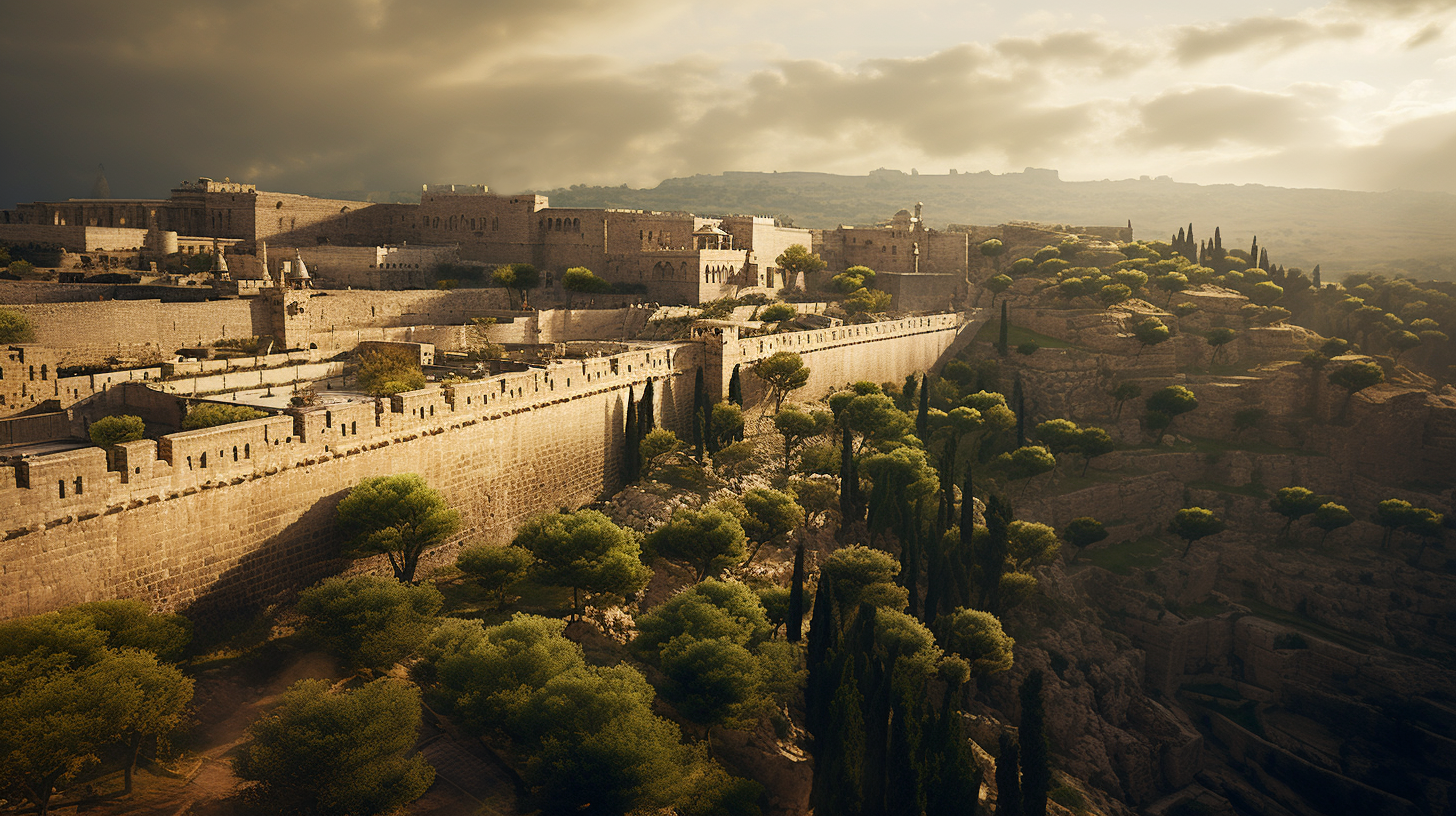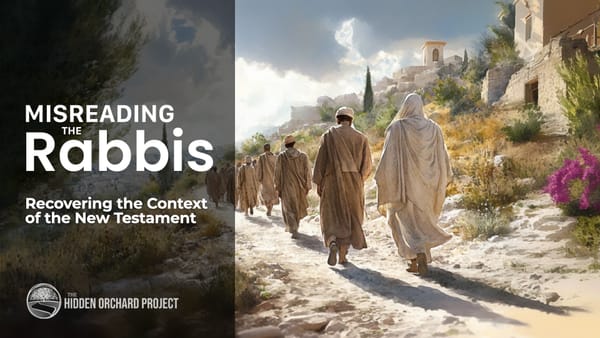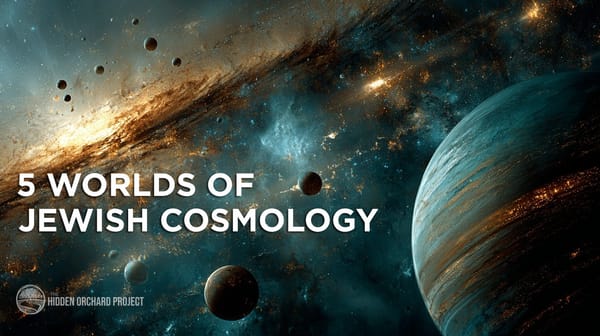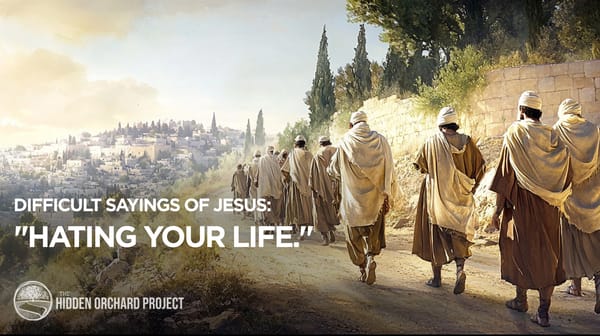The Light That Defies Darkness
The Temple, the centerpiece of the Chanukkah story represented a form of defiance to the overreach and technological progress of the surrounding pagan nations.

Every significant revolution in the Bible, and history for that matter, began with a few people. Sometimes, one individual - facing hopeless odds, resolutely standing firm against the majority - armed with little more than the belief that change was possible. This is the historical backdrop to the story of Chanukkah.
Under the rule of Antiochus, Jews at that time struggled to uphold Torah and tradition amid the narrowing margins of Greek rule. The situation was bleak as fundamental Jewish observances were made illegal, even punishable by death. A Rabbi of mine often reminded his Christian friends, “Without Chanukah, there would be no Christmas.”
The Temple, a centerpiece of the Chanukkah story, on one level represented a form of defiance to the religio-cultural overreach and technological progress of the multitude of pagan nations. The unlikely victory sent a shockwave throughout the world - one that still reverberates to this day.
So important was this victory, that the Gospel of John was careful to mention Jesus's presence in Jerusalem's Temple area, likely celebrating Chanukkah. Further, it is most probably why so many of the Apostles were named after key figures in the Maccabean revolt; Matthew, John, Simon, Judas, etc.
Tikkun
Paradoxically, the Temple also served as a tikkun (repair), a doorway to peace for its many enemies. This is evidenced by the many offerings [offered] during these appointed times on behalf of the nations.
Additionally, the 1st temple's design symbolically displayed itself as a house for all who choose to worship G_D. The Midrash tells us:
Typically, when a person builds a house, the windows are constructed narrow on the outside and wide on the inside – [like a funnel to capture] the outside light and bathe the interior with natural sunlight.
In building the Temple, however, King Solomon used an inverse design: windows narrow on the inside and wide on the outside – so the Temple would radiate [Torah wisdom] to the entire world.
- Midrash Tanchuma, Beha’alotcha 2
With this, Chanukkah exemplifies how we should live in our time. On one hand, we stand firmly and boldly against the discordant values of the culture around us and its coercive strategies, pushing us to compromise our own.
Yet, on the other, we should strive to live in a way that can bring a tikkun for those self-same institutions, their messengers, and the damage they wreak. In standing firm, we should reflect our light, wisdom, and spirit brightly.
We should not lose sight of who we are meant to become; living with one foot in this world, and one in the next. Half warrior, half sage. As the Siddur reminds us:
In the days of Matityahu… [G_D] delivered the strong into the hands of the weak, the many into the hands of the few, the defiled into the hands of the pure, the evil into the hands of the righteous, and the transgressors into the hands of diligent Torah students…
Siddur - Al haNissim
In this, Chanukkah is more than a holiday, more than an opportunity to pack in fried foods. It is a reminder during the darkest time of the year, that it is precisely from within the darkness that the light can shine its brightest.
As we light each candle, we carry forward the audacious worldview that our actions matter, and, with the help of Heaven, the small will one day overcome again, once and for all.





